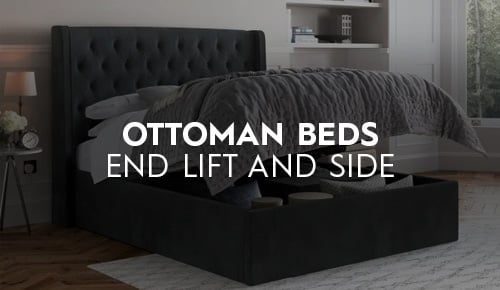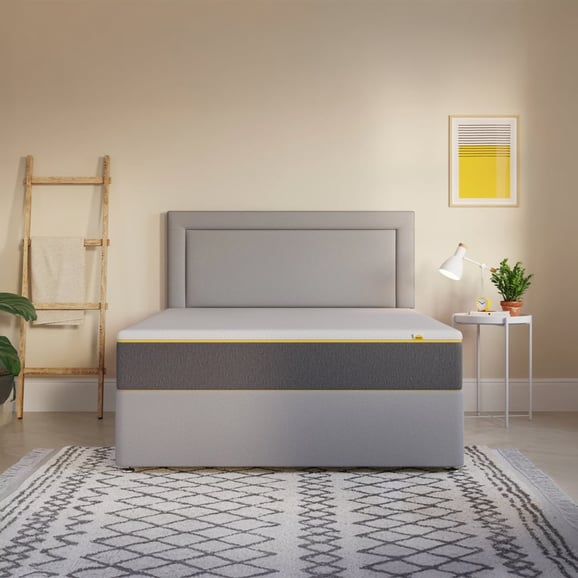Introduction: The Sleep Conundrum for New Parents
Navigating the labyrinth of infant sleep is a challenge that almost every new parent faces. Amidst a plethora of gadgets, methods, and advice, one item that often surfaces is the sleep sack. But does it really hold the key to a peaceful night for both baby and parent? In this article, we will dissect the sleep sack phenomenon, its benefits, safety considerations, and whether it can be the solution to your baby’s sleep challenges.
What Exactly is a Sleep Sack?
The Basics
A sleep sack is essentially a wearable blanket designed for infants. Unlike traditional blankets, which can pose a suffocation risk, sleep sacks are zipped or snapped onto the baby, covering the torso and legs without any loose fabric. They are typically worn over pajamas or onesies and come in various materials suitable for different seasons.
The Science Behind It
According to the American Academy of Pediatrics (AAP), loose items like blankets, pillows, and stuffed animals should not be placed in a crib due to the risk of suffocation. Sleep sacks serve as a safer alternative, especially after a baby has outgrown swaddling but is not yet old enough for loose blankets.
Do Sleep Sacks Really Work?
The Expert Opinion
Natalie Barnett, Ph.D., Vice President of Clinical Research at Nanit, states that sleep sacks are effective in keeping a baby covered and cozy while allowing freedom of movement. However, they are not a cure-all for sleep issues. If your baby already has trouble sleeping, a sleep sack alone is unlikely to solve the problem. However, it can make your baby more comfortable, which could potentially improve sleep when used as part of a consistent sleep routine.
The Parental Perspective
For parents inundated with a multitude of baby products all claiming to aid in better sleep, sleep sacks can seem like just another item on the list. However, their design aims to balance comfort and safety, making them a worthwhile consideration for your baby’s sleep arsenal.
Safety First: What You Need to Know
Proper Sizing
One of the most crucial aspects of using a sleep sack is ensuring it fits your baby correctly. An ill-fitting sleep sack can either ride up and cover the baby’s face or be too tight, restricting movement. Both scenarios pose safety risks.
Material Matters
It’s essential to choose a sleep sack made of breathable fabric like cotton to prevent overheating, a risk factor for Sudden Infant Death Syndrome (SIDS). The Thermal Overall Grade (TOG) rating can help you select the appropriate sleep sack based on room temperature.
When to Transition Away from Sleep Sacks
Developmental Milestones
As your child grows and becomes more mobile, you may need to transition away from sleep sacks. Once they can stand, sleep sacks with leg holes become an option. However, when your child moves to a toddler bed, it’s time to say goodbye to the sleep sack.
Behavioral Cues
Some children may learn how to unzip or remove the sleep sack, posing a safety risk. In such cases, it’s advisable to transition to other forms of bedding.
Conclusion: The Verdict on Sleep Sacks
While sleep sacks may not be the magical solution to all your baby’s sleep problems, they do offer a safe and comfortable alternative to traditional blankets. Their design aims to balance the need for warmth and the freedom to move, making them a worthwhile addition to your baby’s sleep routine. However, like any other baby product, they come with their own set of considerations, primarily related to safety and sizing. So, if you’re a sleep-deprived parent searching for ways to improve your baby’s sleep, a sleep sack could be a step in the right direction, provided you adhere to safety guidelines and use it as part of a broader sleep strategy.
Sources:
Sleep.com Article by Brandy Hall, MSN, RN














